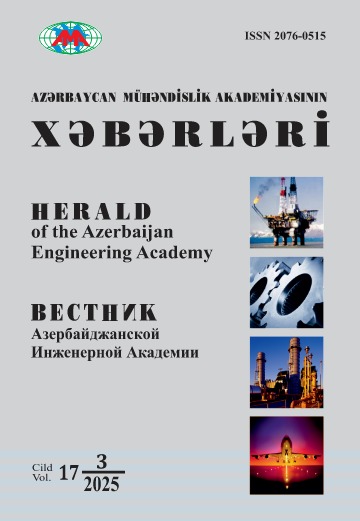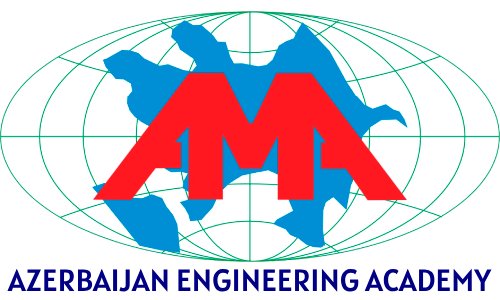Seismogeological Modeling and Inverse Problem Solving Based on Seismic Attribute Analysis
DOI:
https://doi.org/10.52171/herald.305Keywords:
modeling, inverse problem, attribute analysis, lithology, seismic interpretationAbstract
This research focuses on seismogeological modeling and inverse problem solving based on the analysis of 3D seismic attributes in the “8 March” structure. The main objective is to predict the distribution of reservoir zones and to improve seismic interpretation reliability through integration with well and log data. Attributes including Sweetness, RMS Amplitude, Envelope, Relative Acoustic Impedance, Instantaneous Frequency, Variance, Chaos, and Ant Tracking were calculated and analyzed. Results indicate that RMS Amplitude and Sweetness are the most sensitive indicators for monitoring sand–shale variations and identifying prospective reservoir zones. Inverse problem analysis revealed a correlation coefficient of ~0.70 between seismic attributes and well data, confirming methodological robustness. The constructed 3D lithological model shows increased sand content in the central and northern parts of the field, while clay predominates elsewhere. These outcomes enhance the geological understanding of the structure and support optimization of future drilling operations.
Downloads
Published
How to Cite
Issue
Section
License

This work is licensed under a Creative Commons Attribution-NonCommercial 4.0 International License.



